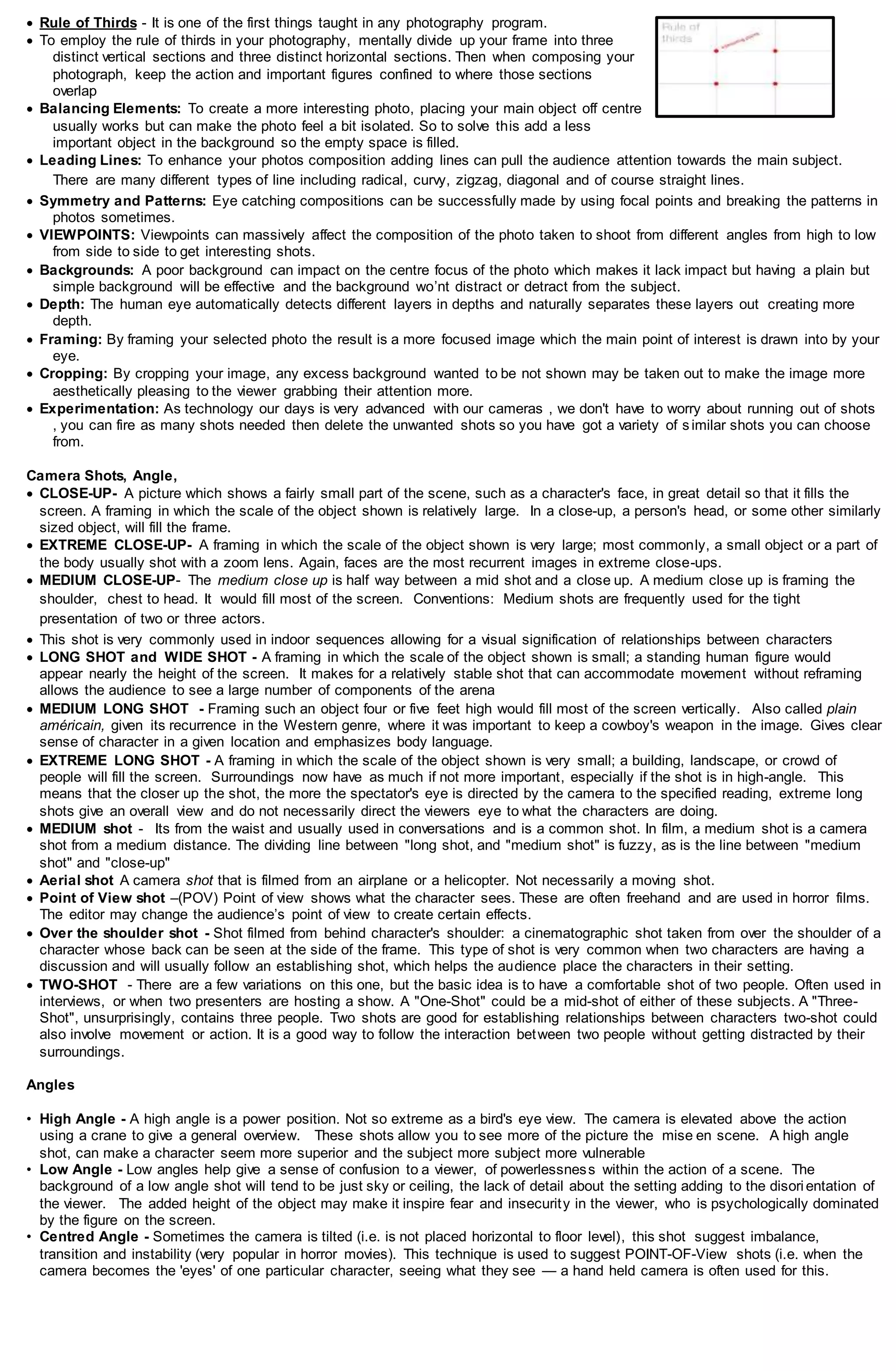This document provides an overview of various art movements and styles from Cubism to contemporary digital and technology-based arts. It describes key characteristics and influential artists for each movement, including Cubism pioneers Picasso and Braque, Dadaist Marcel Duchamp, Surrealists Salvador Dali and Giorgio De Chirico, Abstract Expressionists Jackson Pollock and Willem de Kooning, Pop artists Andy Warhol and Roy Lichtenstein, Op artist Victor Vasarely, and technology-based art forms like digital photography, video games, and computer-generated imagery. It also discusses the influence of these movements on Philippine artists like Vicente Manansala, Cesar Legaspi, and Jose


